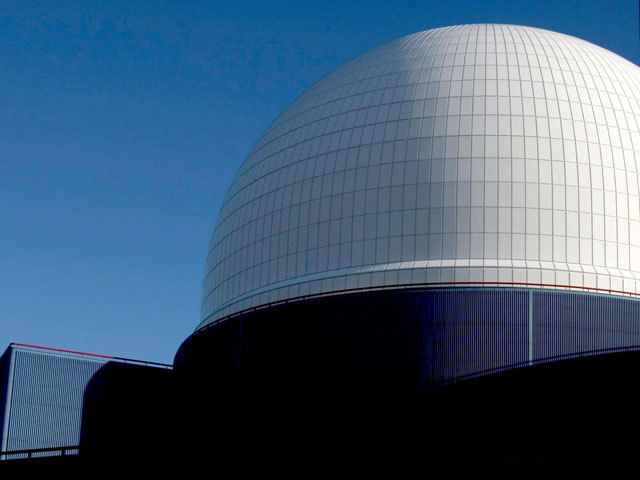
Fresh data has revealed an estimated 65,000 jobs in the UK are supported by the nuclear industry.
The Nuclear Industry Association’s 2016 jobs map shows the number is an increase of more than 2,000 on last year.
The latest statistics – updated annually by the Nuclear Industry Association – also shows more than one fifth of all employees are now female, almost 2,000 are on an apprenticieship programme and more than 1,000 are part of a graduate scheme.
The Scottish nuclear industry is currently support by 3,977 jobs, with the north west of England remaining as the UK’s nuclear hub employing 28, 435 people.
Tom Greatrex, chief executive of the Nuclear Industry Association, said:“The nuclear sector has been a major employer in the UK since the 1950s and the 2016 Nuclear Jobs Map highlights the vital and growing role it plays today, employing more than 65,000 people, in every part of the UK.
“The Government has placed a renewed emphasis on creating an industrial strategy for the UK’s energy future, and the figures published today show why reliable, low carbon nuclear power is an important part of that strategy.
“Not only does nuclear feed the grid with sustainable, low carbon electricity to complement other ways of generating power, it also supports tens of thousands of high skilled, well paid, long term careers in science, technology, engineering and advanced manufacturing. The expertise of the UK industry and workforce is world renowned, with UK companies increasingly exporting that capability around the world.
“Some of these jobs are in preparation for, and part of, the UK’s new build programme which will secure the reliable low carbon power needed to replace retiring power stations over the next decade. Many further jobs will be created in the new build programme, with at least 40,000 more likely as three projects including Hinkley Point C, Wylfa Newydd and Moorside are developed – creating more opportunities for young people, skilled engineers, and workers looking to find a new challenge.
“The Nuclear Jobs Map has provided the Government with 65,000 good reasons to press ahead with a new build programme designed to contribute to a reliable, secure, low carbon energy mix for the future.”
Recommended for you
